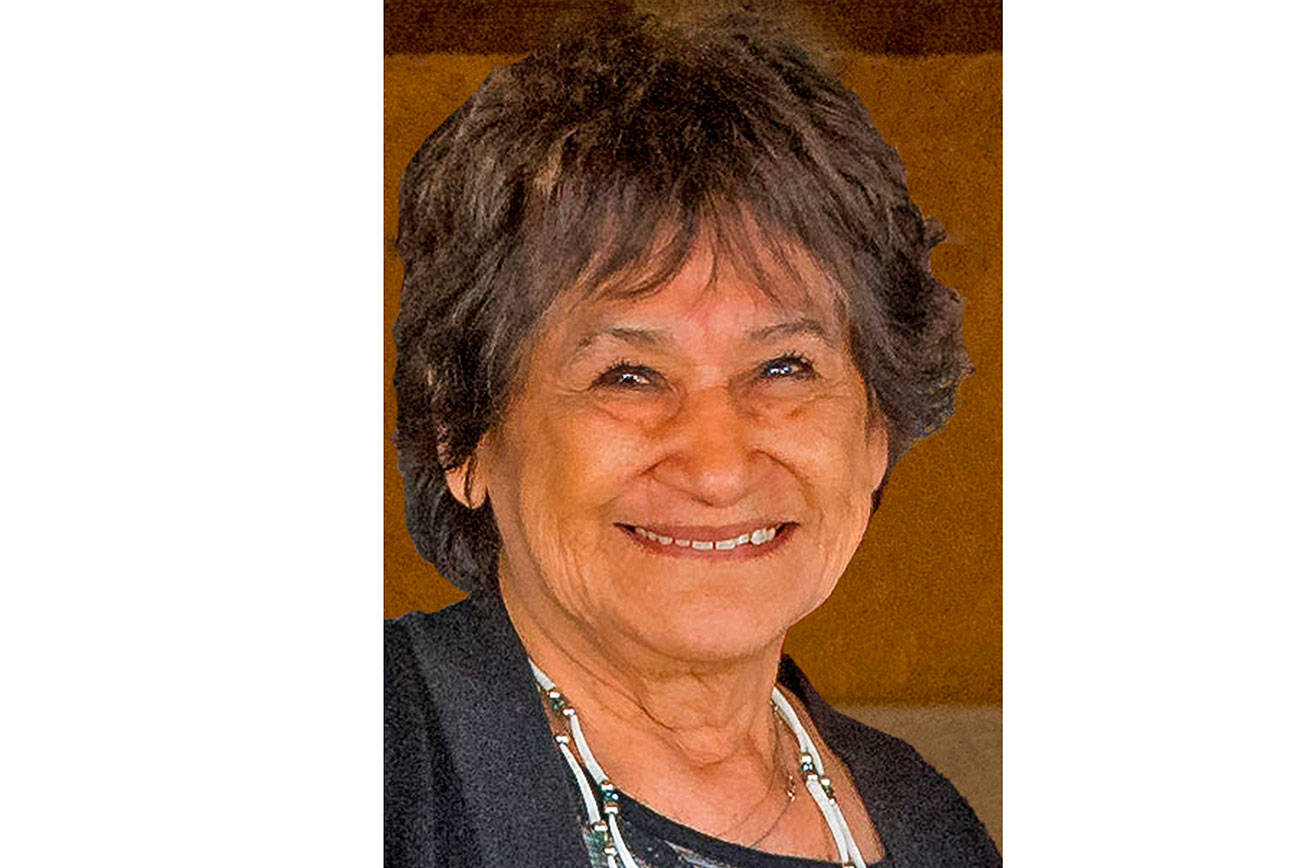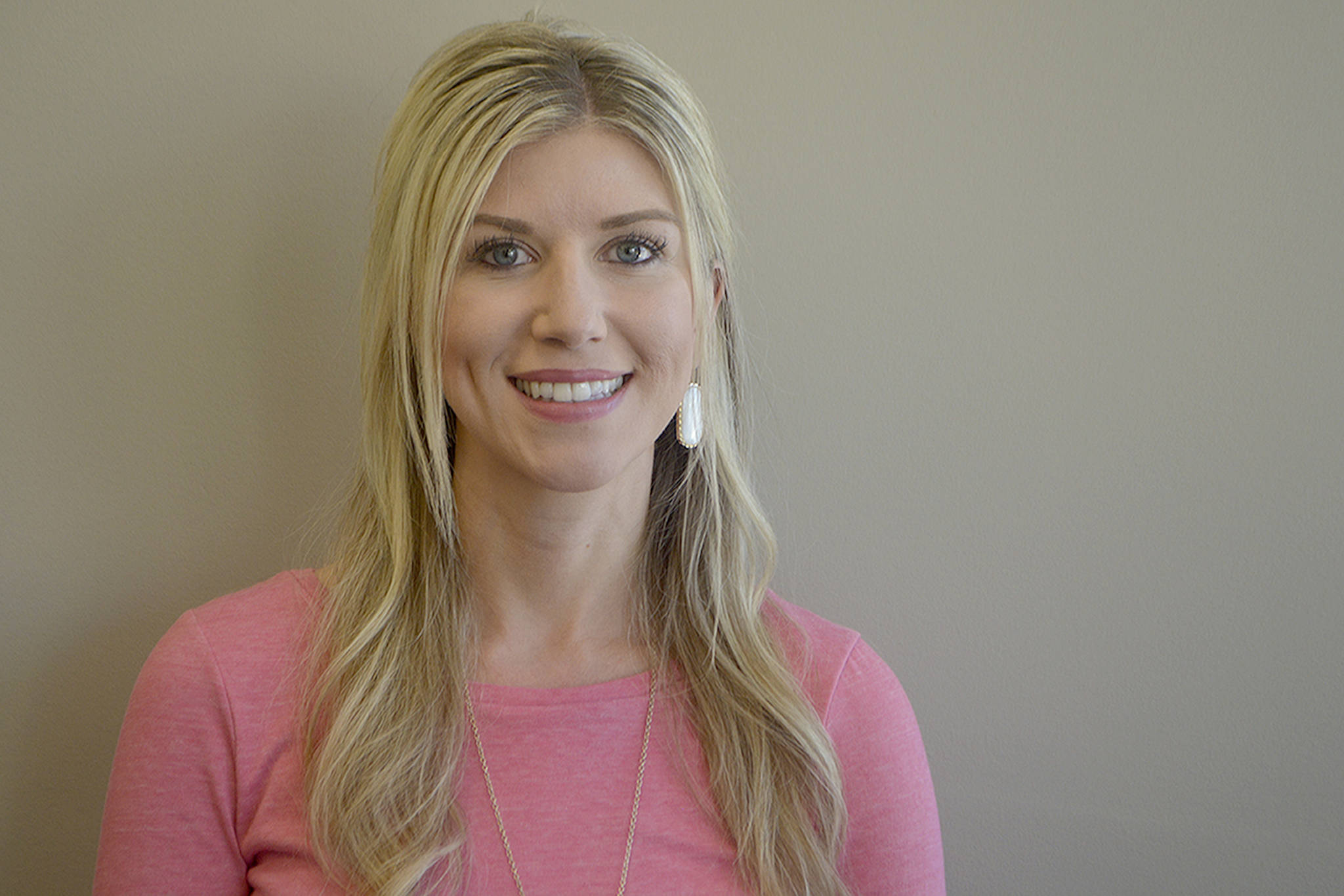Kindergarten is a time of new discoveries and wonder. It is a huge milestone for the children and families alike. Most are excited, some are nervous, and all arrive wondering what going to school means.
Students come into kindergarten with a vast variety of experiences. Some students have never been away from their parents and others have spent one or more years in pre-school prior to entering kindergarten. The age gap can be up to almost a year difference from year to year.
Nationwide the face of kindergarten has changed from merely a socialization experience with rest and play being the primary focus, to a much more rigorous academic program. Most adults remember kindergarten as consisting of rest, play, and art, with the goal to learn to interact with one another more than academic. Today’s kindergarten consists of national standards for reading, math, writing, science, and social studies. These rigorous standards come with new assessments to assure parents and teachers that students are learning the academics that are expected. The challenge then is recognizing that the academic focus cannot come at the expense of developmentally appropriate practices.
There are two options in the Arlington School District. One is tuition based, full-time kindergarten where students attend school everyday. The other option is where students attend Tuesday/Thursday and every other Friday, or Monday/Wednesday and every other Friday. Every Arlington elementary school offers these two options.
Both programs offer the same academic curriculum. The benefits offered with students being at school every day is that those students are able to receive daily practice both in academic areas as well as school routines. They don’t have big breaks between school days, so they are immersed more in all the workings of a school day. They also have that extra time to develop relationships with their peers, as they learn to be a part of this new society, sharing, helping each other, and learning how to get along with others.
Families who choose to enter their child in our part-time program may experience different benefits from that of full time. They may have more time for working one on one with their children on academic practice, as well as sharing daily life experiences on their family timelines. Perhaps their child is not ready for a full-day program if they still need naps or are emotionally or physically still young. Because state and federal standards have become much more rigorous for kindergarten, families choosing a half-time program should expect to work with their children more at home.
The growth that takes place from the beginning of kindergarten to the end is phenomenal. By the end of kindergarten students are able to write two or more complete sentences, read some beginning level books, count to 100, and begin to add and subtract numbers up to 10. In science students get to learn about the earth, plant parts, and the earth’s sky. This is hands-on learning that teaches students how to observe and document the world around them. Students grow in these academic areas, but the most obvious changes take place as students grow in independence and confidence in response to their new environment. Students that learn to work hard and adapt to the school environment find the transition to first grade to be easier than students that are still struggling with these skills. This independence and self-confidence is a necessary part of future academic success.
Kindergarten is such an exciting and nervous time for both parents and children. However, there are many things that parents can do to help prepare their child long before the first day of school. Reading everyday to your child helps them learn to enjoy reading long before they come to school. You can help your child learn best if you look for learning opportunities in everyday activities. Outings to the grocery store offer opportunities to look for alphabet letters, count the number of objects in the cart, and talk about the things your child notices in the produce section. Parents can have their child count small objects such as noodles or dried beans while they are making dinner. Although it is tempting to use electronic devices to distract your child, it won’t help prepare them for the learning environment that they are about to enter. Students that come from homes where parents provide opportunities for their child to wait their turn and not interrupt their parents are better prepared for the classroom where there is one teacher to 25 students. It is the combination of helping children see learning in the world around them and preparing them to be ready for the classroom setting that sets students up for the greatest success.
Note: Kindergarten registration is continuing through the end of the school year. Parents may register their child at their neighborhood school.
Tracy Wolfington and Amy Bryson are kindergarten teachers at Eagle Creek Elementary and can be reached via email at twolfington@asd.wednet.edu and abryson@asd.wednet.edu.







